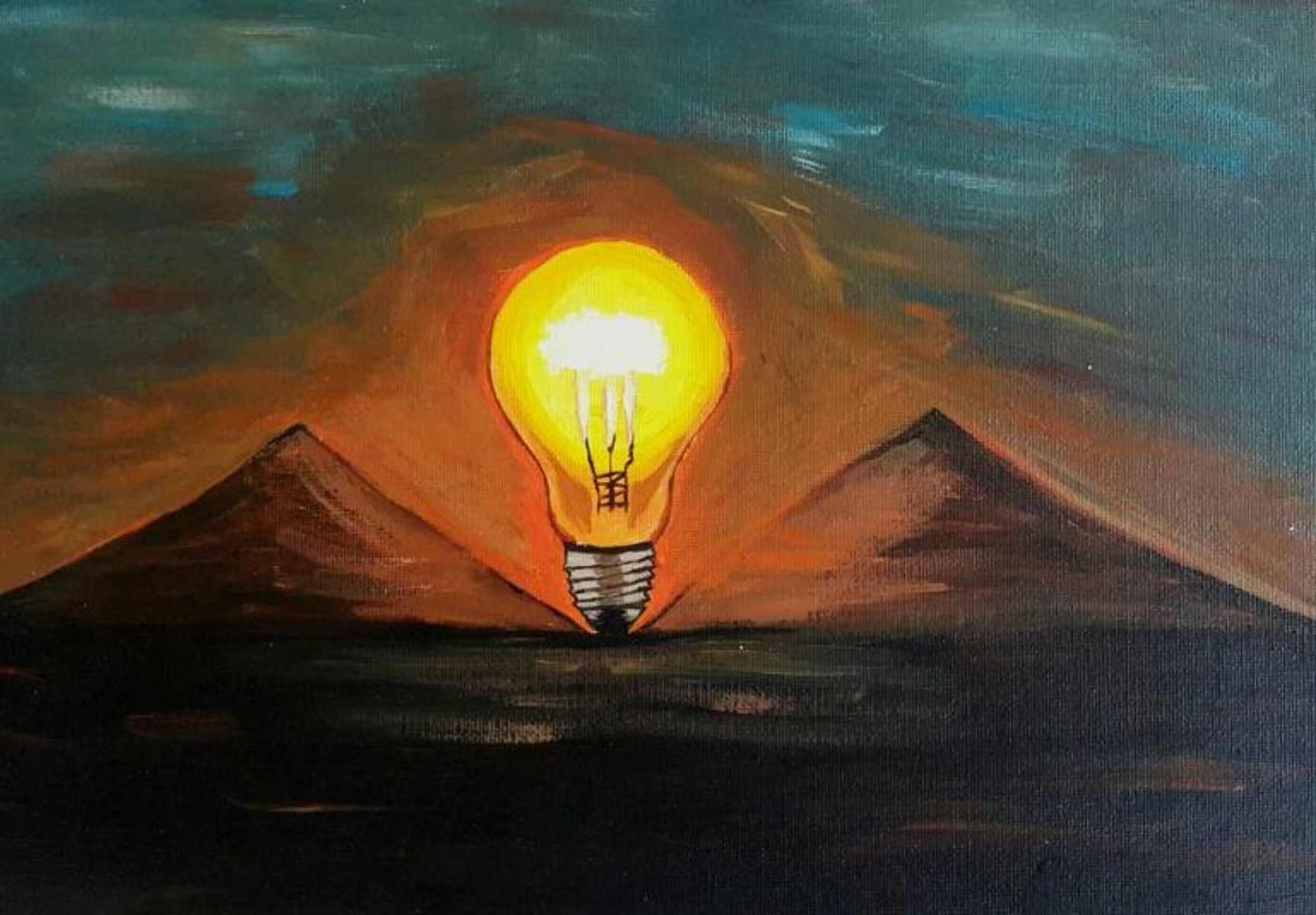How do you calculate the energy consumption of light bulbs? Every electrical device, including a television, an iron, and a light bulb, uses electricity to some extent. Although there are several variables, power is the one that has the most impact on a device’s energy consumption.
You can determine how each item and a light bulb will affect your utility bill at the end of the month by using some basic statistics. It is crucial for both the environment and your house to choose the proper bulbs that are the most energy efficient.
Calculate the Energy Consumption
Three factors are required to compute energy consumption: the power, the hours, and the days of usage. Multiply the known power by the number of days and hours the bulb is used to calculate the energy consumption.
Let’s consider a 60-watt light bulb that is used for five hours each day for a month. The energy consumption for this light bulb is as follows:
- Energy consumption is equal to 60 times 5 times 30.
- Energy consumption is 9000 W/h.
Utility providers use kilowatt-hours (kWh) rather than watt-hours (Wh) when calculating household energy consumption. To convert between the two units, all you need to know is that one kilowatt is equivalent to 1000 watts. Therefore, if your power bill shows a 200 kWh output, you really used 200,000 watt-hours.
The conversion to kWh is required. To get the value of 9 kWh in the example, divide the result by 1000. By the time you’re done, you’ll be able to tell how much energy each light bulb with these manufacturing and consumption characteristics uses in a given month—9 kWh.
Not only light bulbs but all electrical devices’ power consumption can be calculated using this calculation. All devices’ combined consumption will give you a result in kWh that will appear on your power bill.
Calculate The Electricity Cost

Using another straightforward equation that doesn’t call for anything. To find out how much per kWh you are spending, all you have to do is look at your power bill. To calculate the monthly cost for each light bulb in your house, multiply that data by the consumption you computed.
Consider paying €0.105 or $0.105 per kWh utilized to the electrical provider. In the previous computation, you concluded that each light bulb uses 9 kWh per month in the previous computation.
As a result, each bulb’s monthly consumption cost is as follows:
- Cost = 9 x 0.105
- Use fee: €0.945 or $0.945
This implies that each light bulb on your power bill will cost you a little under $1.00 / €1.00. One thing to keep in mind is the multiple amounts of light bulbs in your house.
The consumption will be the same for all of the bulbs if the circumstances are the same. Think of a home with five or so rooms where about 10 of these lamps are utilized for 5 hours each day of the month.
This results in the following cost calculation:
- 10 x 0.945 is the cost of utilizing all the lamps.
- The total cost to utilize all lamps is $9.45 / €9.45.
Note that the values are fictitious and are simply used to show how the process works.
LED Bulbs vs. Fluorescent Tubes
Have you ever had second thoughts about purchasing lamps for your home? Which are the greatest, after all? Which of these uses less energy? Which one offers the best ratio of costs to benefits?
There are numerous unanswered issues about this matter, particularly in light of the replacement of outdated incandescent light bulbs with fluorescent lamps. But now there is a new variety that offers even greater benefits: LED lamps.
Fluorescent Light Bulbs
Temperature: The primary benefit of fluorescent lights is that they don’t heat up like old-style incandescent lamps since the energy they utilize doesn’t produce heat. As a result, practically everything that is received ultimately becomes light.
Savings: Fluorescent tubes use a lot less energy since they generate roughly 80 lumens (lm) for every watt (W) that is used. As a result, this may result in saving around 80% of the final bill.
The luminous flux, or capability to produce light, is all that the lumen is. The simplest way to determine if the lamp you have picked is a decent one is to look at the lumens generated for each watt used (lm/W) number.
Usable life: Compared to an incandescent bulb, a fluorescent lamp has a substantially longer useful life. At a cheap cost, they may last up to six times as long, or 8,000 hours altogether. The longer they remain on, the less energy is required to offer the same level of illumination. They also use less energy when used continuously. Additionally, they don’t burn out as quickly when on and off.
LED Light Bulbs
Temperature: Even compared to the fluorescent light bulb, LED bulbs emit relatively little heat. Additionally, they don’t produce infrared or ultraviolet radiation, which is less hazardous to eye health. They may also be put in green spaces and museums since they don’t harm the artwork or flora.
Maintenance: In terms of maintenance, one LED bulb generally equates to eight CFLs and close to fifty incandescent bulbs. Because replacement is rare, this implies that the LED version needs very little maintenance, which is quite advantageous. Due to this, its primary function and location are now in difficult-to-reach areas like bridges and other tall public structures.
Lifespan: LED lamps have a long lifespan. They may last anything from 25 to 50,000 hours. It may be used for up to 17 years if it is left on constantly for 8 hours each day. Everything depends on the product, and there are many different models available.


